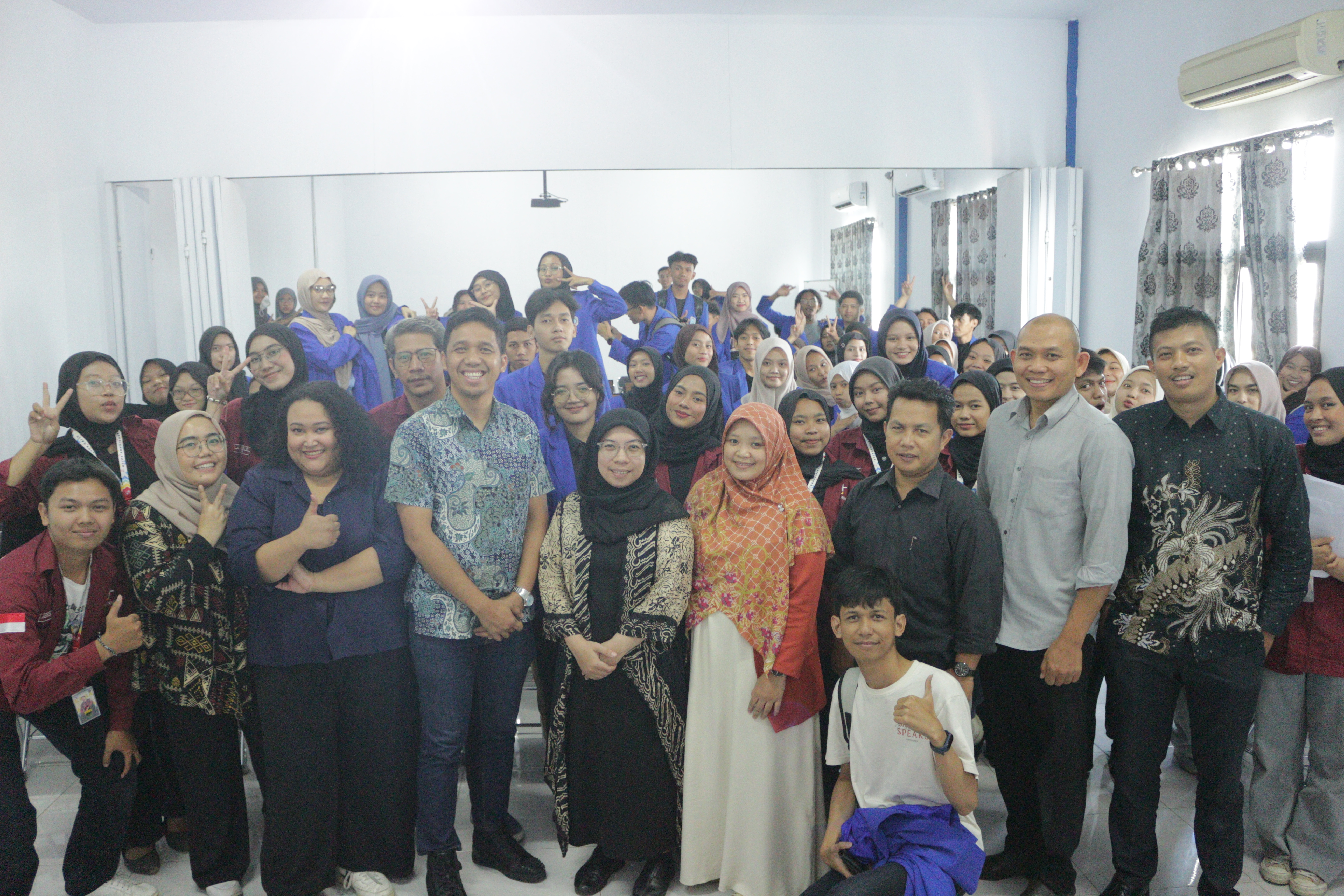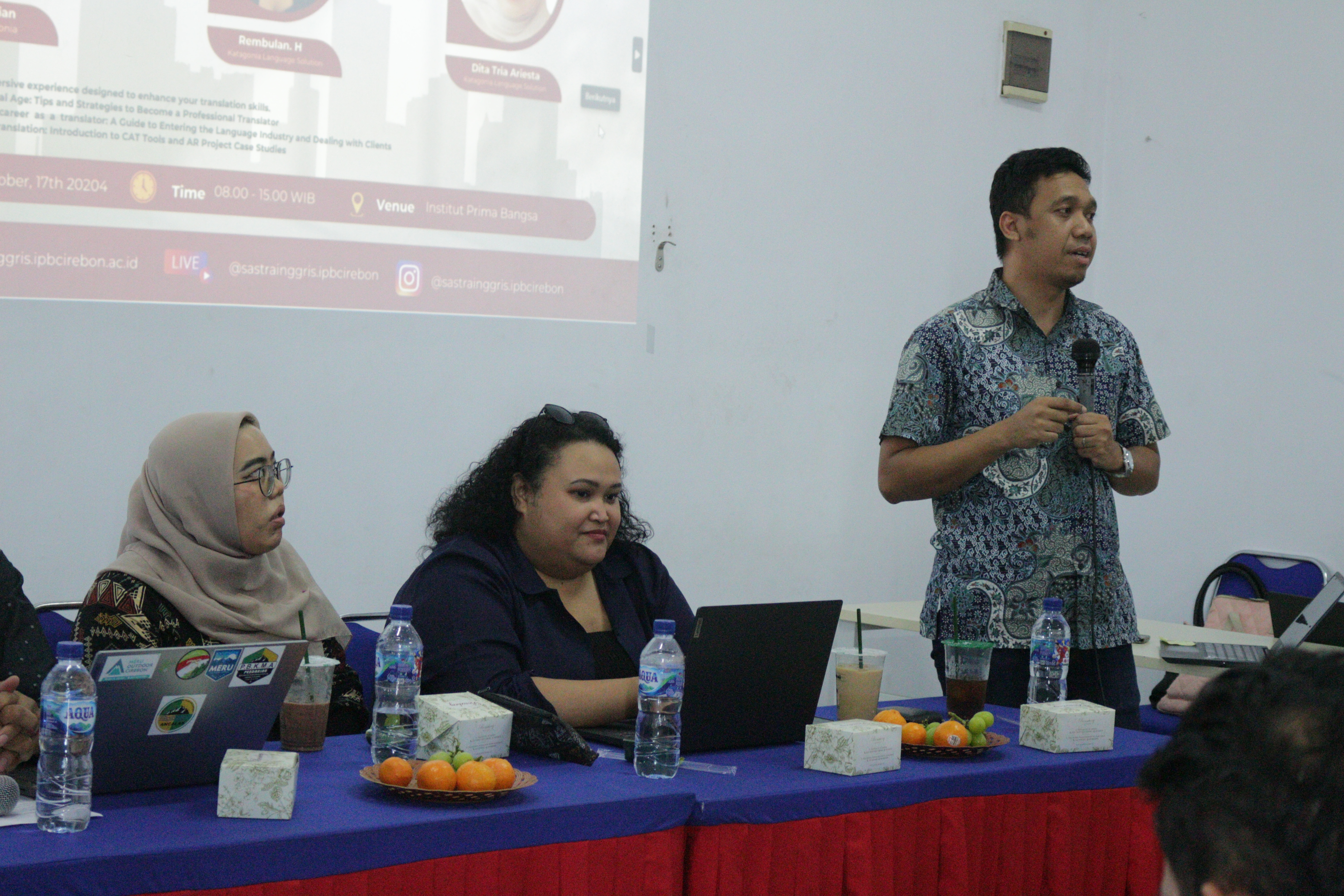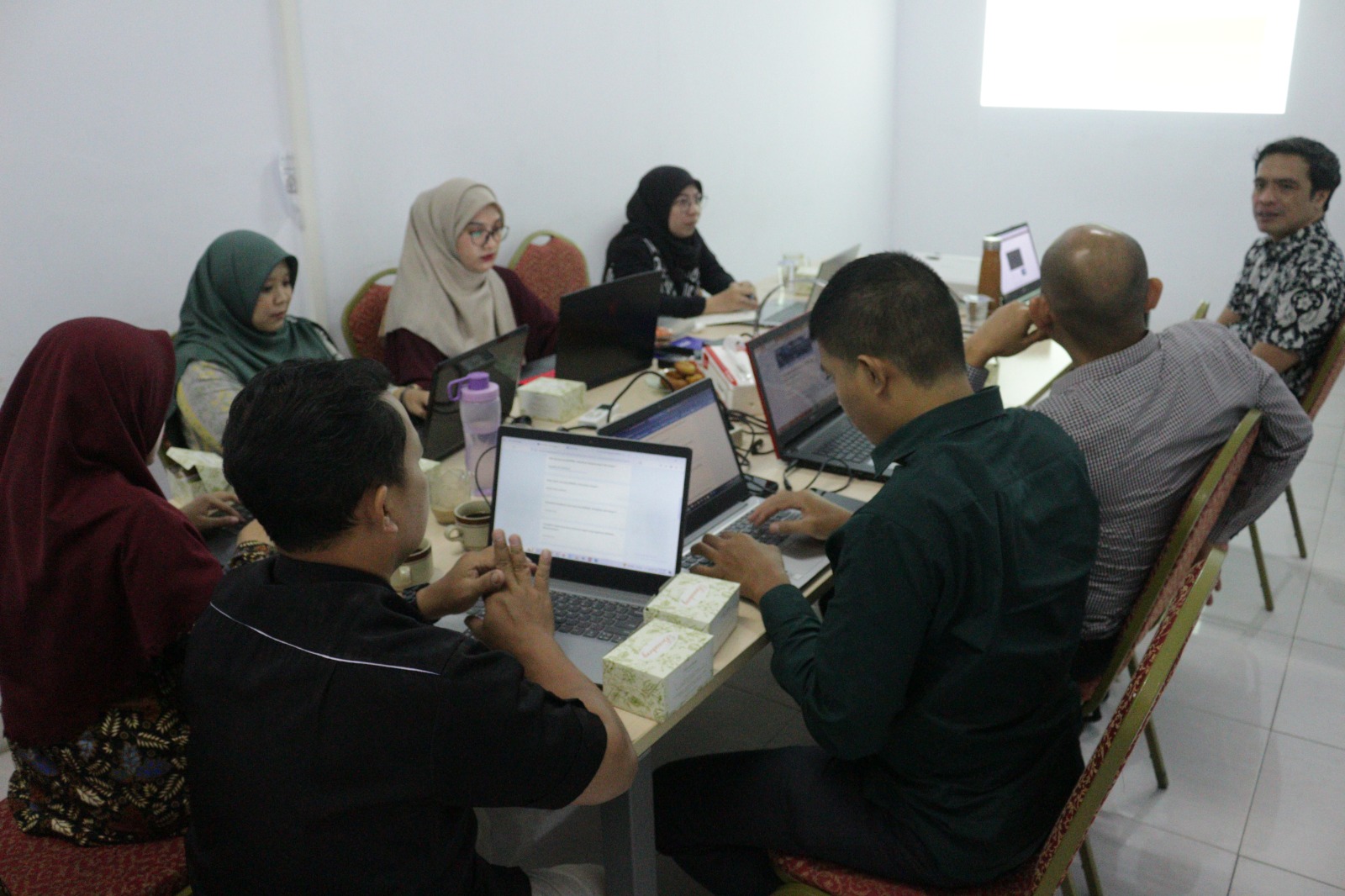
What is a teaching practitioner program?
The Ministry of Education holds a teaching practitioner program with the aim of increasing the capacity of students. Not only in the classroom, but they can also get other knowledge from the industrial world outside the campus. Practitioners who are experts in their fields from outside the campus are invited to fill in the material on campus. The point is to see if there is a match or continuity between what is learned on campus and later in the industry. That’s why there is a teaching practitioner program.
Is this program like a seminar?
According to Mr. Fedro Iswandi as the lecturer of this program, this program can be in the form of a seminar or semi-seminar. So, in this program teaching practitioners can teach in classes. Later, in 1 class there will be lecturers or assistant lecturers and 1 practitioner. Then, they will discuss certain fields needed by the industrial world. From there it is then seen whether there is a match between what has been taught in the classroom and what the industrial world needs.
Has this program been running?

This program has been running. in the English Literature study program itself there will be 4 practitioners who will be invited. On October 16, 2024, there was already 1 practitioner invited. The practitioner came from the translation industry, namely KATAGONIA LANGUAGE SOLUTIONS. This is the first time the campus has collaborated with the industry due to regulations and curriculum from the government.
Apart from the field of translation, the campus will also invite practitioners from the fields of journalism, entrepreneurship, and so on.
Is this program open to all levels of students?
According to Mr. Fedro’s explanation, this program will only target a certain segment. If the level has learned the material to be taught by the practitioner, then that level will be preferred. However, it does not rule out the possibility if other levels want to participate in the activities of this program. This program is also open to students from outside the IPB CIREBON campus. For students who already have a previous background and want to deepen that knowledge, can come to the IPB CIREBON campus.
Is there a survey on student’s future career choices before inviting teaching practitioners?
In the interview, Mr.Fedro explained that the campus will plot the output of each study program. For example, in the English literature program which consists of 4 outputs. from these outputs, practitioners who are qualified in their fields will be distributed. among the fields that become the output of the English literature study program are journalism, translation, copywriting, and entrepreneurship.
What if there are students who choose a career outside the field taught on campus?
The campus must have anticipated this. The invited practitioners are people who are engaged in the industry. besides they teach the fields that are the output of each study program, they also introduce the industrial world to students. in this case, for example, they will teach how to contact clients, how to find clients, and so on. that will be useful when students enter the world of work.
“Actually, it’s okay to choose a career outside the field that has been taught on campus. but, since the output is already there, why not continue?” added Mr.Fedro.
Is there a target number of practitioners invited in 1 month or 1 semester?
For the practitioners who will be invited, it counts per year. the campus will invite 4 different practitioners in 1 year. Because this year has invited 1 practitioner, then next year will invite 3 more practitioners.
This is because it is not possible to invite practitioners every month or every semester. Apart from the accommodation factor, the timing factor also affects.
Because the invited practitioner is someone who has entered the world of work, the invitation schedule must be adjusted to the meeting schedule with the practitioner’s client.
Mr. Fedro also added that it would be boring if we invited people from the same field every month. This is because there is a limit to the number of outputs from each study program. This number cannot be increased and cannot be decreased.
(nurm)
